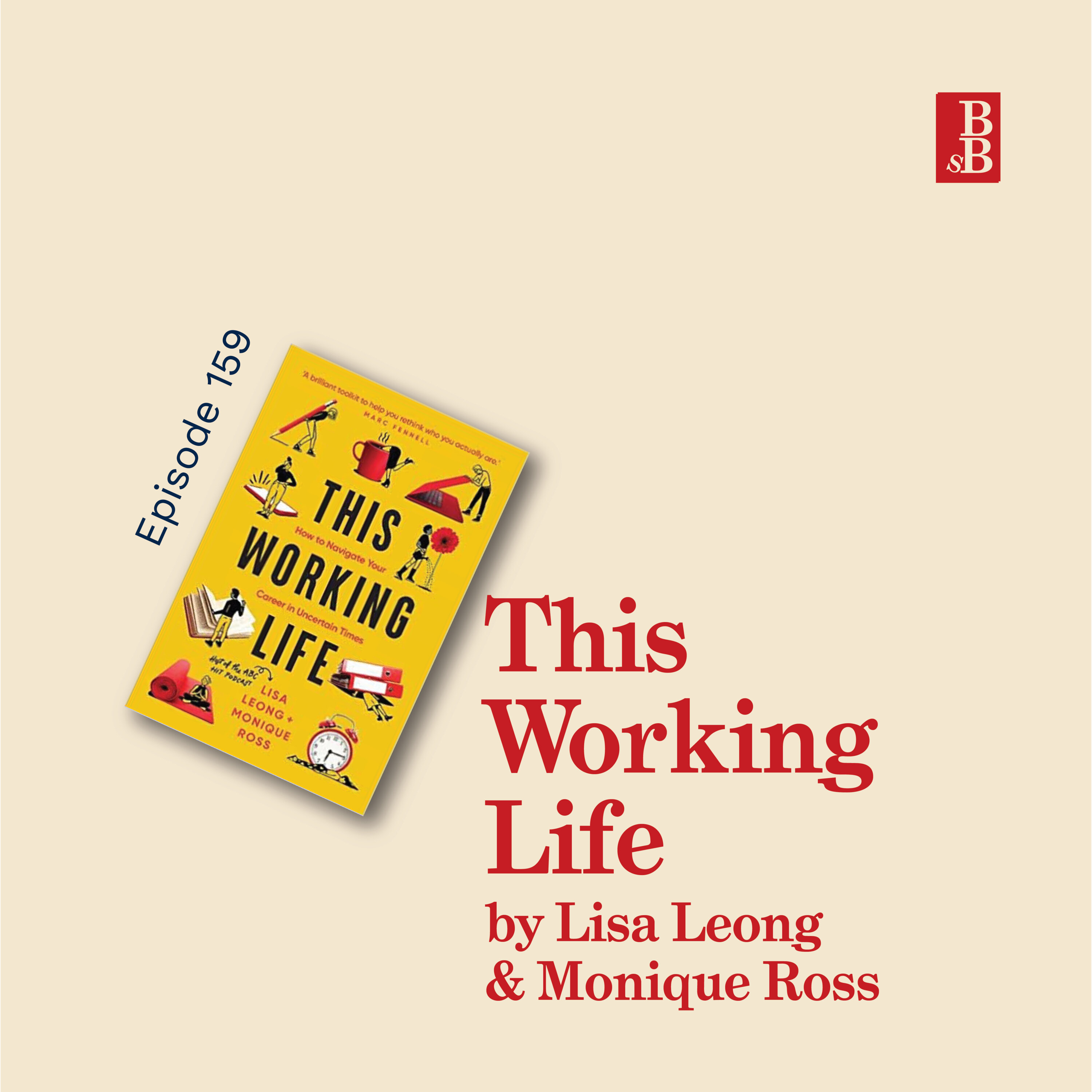Magnetic Stories by Gabrielle Dolan: how to find the stories that bring your business to life
About the book
Your brand is the stories people share about you when you’re not in the room, and it’s these brand stories that determine if people buy from you, employ you, work for you or invest in you. When the stakes are that high, wouldn’t you want to take control of it? In Magnetic Stories, business storytelling expert Gabrielle Dolan reveals how you too can create and share stories that stick.
Learn how to:
- define and distinguish your brand
- stand out from the competition
- implement brand storytelling effectively
- strengthen your presence online by sharing magnetic stories
- make your employees and customers your greatest advocates.
In a world of inauthentic brands, Magnetic Stories is a must read for anyone who wants their brand to be relatable, believable and create long-term brand loyalty.
Source: https://gabrielledolan.com/resources/magnetic-stories/
About the author
Gabrielle, prefers to be called Ral – especially by those she has previously met. She is a highly sought-after keynote speaker, educator and author, she is also happily married with two lovely teenage daughters that keep her honest. She has an MBA and has also completed studies at Harvard which is arguably to compensate for when she failed final year English.
It was while working in a senior leadership role at National Australia Bank that she realised the power of storytelling in effective business communication. Since that epiphany, Gabrielle has found her calling as a global thought leader on authentic leadership and business storytelling.
In 2020, her dedication to the industry was recognised when Gabrielle was awarded Communicator of the Year by the International Association of Business Communicators Asia Pacific region. The ultimate expression of her passion for the cause is her Jargon Free Fridays movement jargonfreefridays.com.
Source: https://gabrielledolan.com/about/
Idea 1 – The five types of story
In the book, Ral talks about the five different types of story that most businesses need, these are;
- Creation: how the business started / the story of the founders
- Culture: how do you do things and bring your values to life?
- Customer: showcase your customers, their success and their stories
- Challenge: how have you responded to any internal/external challenges?
- Community: how have you contributed to the wider world?
Idea 2 – Find the stories that aren’t stories
Once you’ve defined and identified the types of stories, you need to go and find them. However, most of the time, people won’t even think of these things as stories – more ‘things that have happened’. Therefore, Gabrielle talks about the process for bringing these stories out of hiding. Through a facilitated process, she gathers people from the organisation and asks bigger questions like ‘tell me about a time when…’ or ‘describe how…’. These questions often create a waterfall of great stories from employees. These can then be collected, refined and the themes found and shared.
The process is also powerful for engaging people in the power of stories – especially any sceptics. It can also be an eye opening process when the themes maybe don’t show the values or behaviours you were expecting; potentially revealing a delta between the desired values of the organisation and the real ones.
Idea 3 – Share your stories
Your website, short videos, social media, pitch documents, coffee cups* and packaging are just some of the vehicles you can use to share your stories. However, it should be done in a way that is authentic, and forms part of your brand messaging and voice, not just an ‘add on’ to your comms strategy. It’s critical to have the most senior members of the organisation as part of this approach in order to role model and help it stick. This creates a story culture.
Support my book habit: https://www.buymeacoffee.com/stephsbookshelf
See omnystudio.com/listener for privacy information.
Hey, have you subscribed to the bookmark newsletter? If you liked this, you might like my twice-monthly email with book reviews and ideas of what you should be reading, and listening to, next. Click here to subscribe.

















